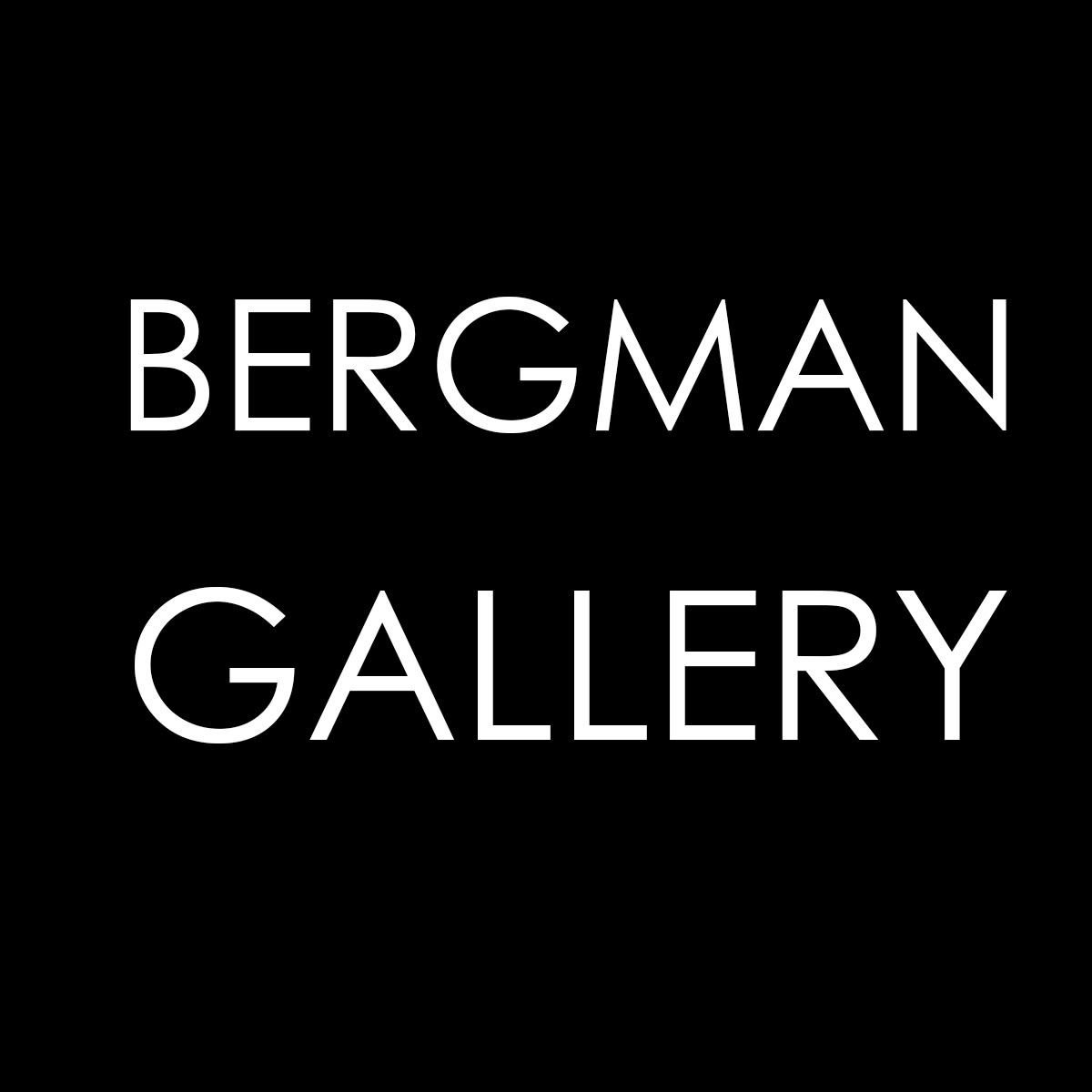Such wonder is characteristic of Andy’s art. It possesses great beauty and wit but is never about superficial prettiness or one-liners. His paintings are dense with memorable detail. Spend even a short time looking at the works in this show, and the figures, objects, and scenes Andy has made will lodge themselves in your mind’s eye.
Opening Speakers:
Francis McWhannell, Curator - Fletcher Trust Collection.
Andy Leleisi'uao, Artist.
'The series is immediately recognisable for its forms in silhouette, created by brush and hand (Andy likes to speak of his fingerprints being all over his works). The majority are in black and bordered by a misty halo reminiscent of charcoal smudges, a feature that lends the works a certain ethereality or other-worldliness, even before their specific content is considered. The images are made up of compartments mostly populated by human (or human-like) figures. This pictorial system relates to a host of image-making traditions from round the world. Comic books, which Andy has enjoyed since his youth, are one reference point. I think, too, of friezes on Greek temples, tomb paintings from Egypt, sculptures on South-East Asian buildings, and carvings on elephant tusks from West Africa.
The use of silhouettes and compartments points to two key and related concepts underpinning Andy's work: the fundamental unity of human experience, and the importance of acceptance. The identities of the figures he paints are not clear. They might be of any colour, creed, or sexual orientation. They not only occupy the same spaces but do so in relative peace. These are not conflict-ridden pictures. That is not to say that the figures, which the artist terms 'imaginary friends', are free of trials. Certainly, there are moments of pathos, even melancholy. A passage that consistently attracts my attention shows an ominous horned creature placing or removing an orb from one bowl of a set of scales. Slung in the other bowl is a small figure. The scene recalls Christian depictions of Saint Michael weighing souls-perhaps questioning the judgmental aspect of organised religion, perhaps suggesting that morality remains independent of the same.'
Francis McWhannell.


